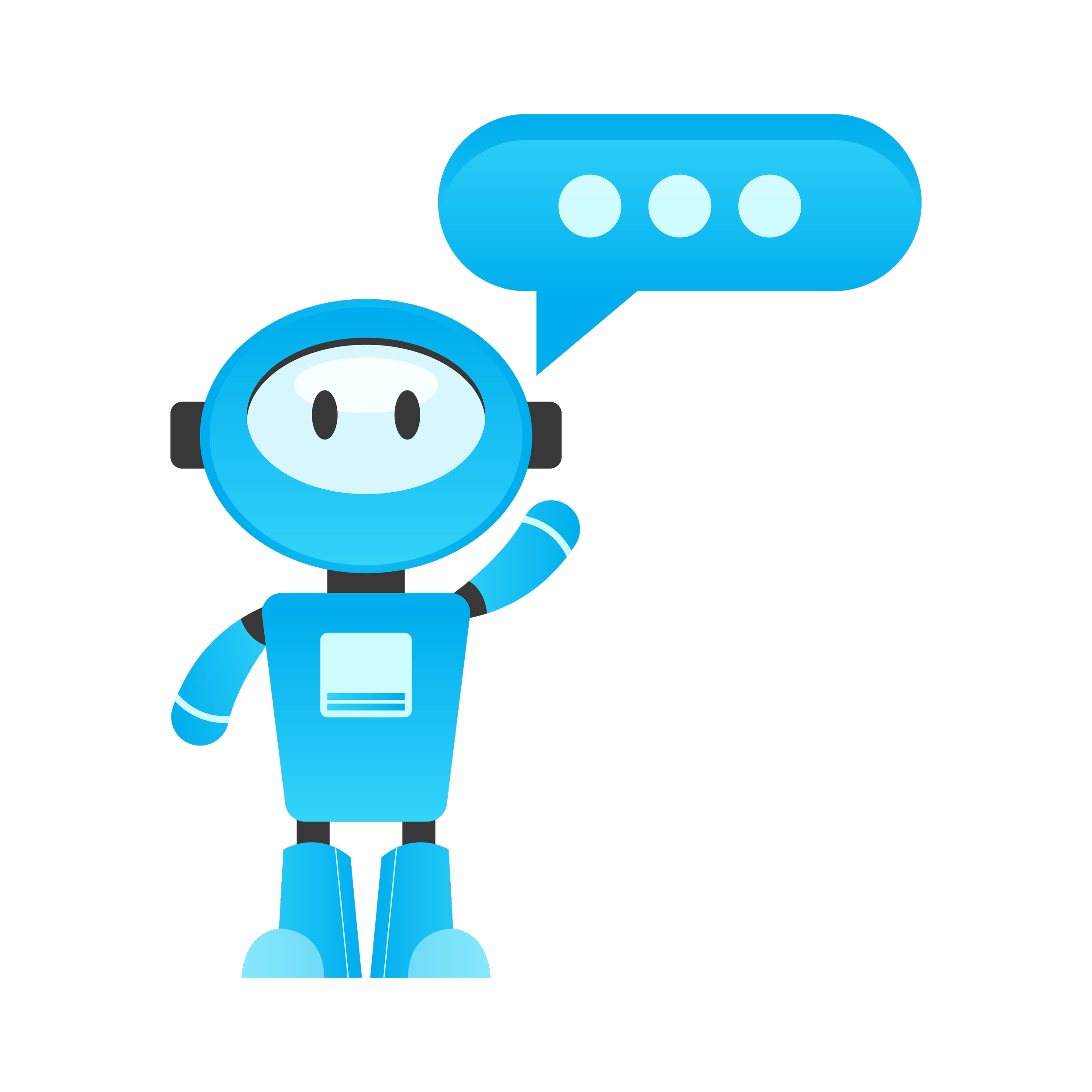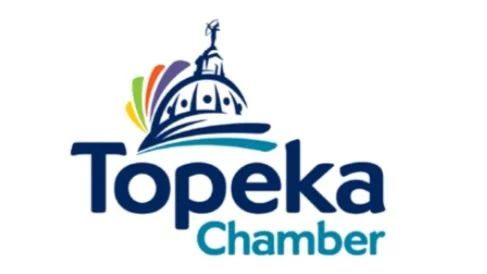ChatGPT EXPLAINED
By BOB BONCELLO, PH.D.
ChatGPT IS A CHATBOT.
If you have spent enough time on websites, you will have met a chatbot. It is the small dialogue box that appears without any prompting, generally on the lower right-hand side of the screen, asking the question, “Do you need help?” or “Can I help you?”
Let’s suppose you are surfing a website looking for a gift for a friend and a chatbot pops up. In response to the chatbot question “how may I help you?” you may respond with “I am looking for a gift for a friend.”
What might follow is a text dialog between you and the chatbot where the chatbot asks a series of questions. Each question is based on your response to the previous question.
The chatbot is reflecting to you, in your language, so you may clarify for yourself what kind of gift you are seeking.
This kind of human/machine interaction is not new in the field of AI. This technique was used by AI pioneered by Joseph Weizenbaum. The program he created was the ELIZA program.
Constructed at the MIT Artificial Intelligence Laboratory from 1964 to 1966, ELIZA is an early natural language processing computer program. ELIZA simulated conversation by using vocabulary pattern matching and a substitution methodology that gave users an illusion of the program understanding the human’s intentions. This technique was expanded to operate within a specific context to create a chatbot. It works where there is a specific vocabulary and limited number of responses to questions within the context, especially for retail sales or help desks. For example, a chatbot can be used to guide users to fix printer problems that may occur.
Just as chatbots are an evolution of the ELIZA program, ChatGPT is an evolution of the chatbot technique. What ELIZA, Chatbots and ChatGPT have in common is a technique to process natural language. Natural language is one of the most widely used forms of communication between humans.
In the nearly 60 years since ELIZA first appeared, the techniques to process natural language have grown exponentially. ELIZA’s language skills are like that of a two-year- old mimicking words. Chatbots are most like middle-aged school children and their language skills. ChatGPT language skills are like those of a college graduate who had perfect scores on their SATs.
The ability to learn depends on language skills. As it happens, there is an enormous amount of knowledge to learn and is available on the Internet. A remarkable AI, a computer program that simulates human intelligence, can be created when these two resources are combined. This AI is ChatGPT. ChatGPT is a product of the company OpenAI.
INTELLIGENT OUTPUTS
ChatGPT is more than a simple AI. It is a Generative AI which is an AI that will produce an output. ChatGPT has the capability to produce many outputs that may be considered intelligent.
ChatGPT can produce marketing plans; it can track an individual’s fitness and produce the optimal fitness routine for that individual; it can generate computer programming code for building websites or solve computational problems.
ChatGPT can write narratives in the style of noted authors. It can be used to function as a personal assistant that writes email, answers your questions, and manages your daily schedule. The “human” ChatGPT communication takes place using natural language.
Here is an example of ChatGPT use:
In mid-December I needed to renew my digital subscription to The New York Times. At that time The New York Times had two subscription choices: Basic Access or All Access. Each choice had its own subscription fee—Basic Access cost less than All Access. I wanted information about each so I could compare features. Using The New York Times website was not very useful. It seemed to prefer obfuscation over clarification. So, I turned to my old friend “The Google” for help.
I conducted the following search using the word string: “Difference between The New York Times Basic vs All Access.”
The search returned about 2,400,000,000,000—yes 2.4 trillion links to websites. I was content to restrict myself to the first page of links. The first four adverts were paid advertisements for The New York Times which I had already seen. I was no closer to a concise explanation of the difference between Basic Access and All Access.
I decided to logon to my ChatGPT account and entered the same prompt: “Difference between The New York Times Basic vs All Access.”
Within 20 seconds ChatGPT was displaying the following response:
The New York Times Basic is a subscription service that gives you access to a limited number of articles per month on The New York Times website and app. With a Basic subscription, you can read a certain number of articles each month for free, and you’ll need to pay to access additional articles beyond that limit.
The New York Times All Access is a more comprehensive subscription service that includes access to all of the articles on TheNew York Times website and app, as well as additional features such as access to The New York Times’ digital archives, crossword puzzles, and cooking recipes. All Access subscribers also get access to The Times’s daily briefing, The Daily, on their preferred platform, as well as exclusive events, discounts, and other perks.
In summary, The New York Times Basic is a more limited subscription service that allows you to read a certain number of articles each month for free, while The New York Times All Access is a more comprehensive subscription service that gives you unlimited access to all articles on The New York Times website and app, as well as additional features and perks.
HOW DOES ChatGPT DO THIS?
ChatGPT is chatbot constructed from GPT-3.
GPT-3 stands for Generative Pretrained Transformer version 3. GPT-3 is a Large Language Model Artificial Intelligence (LLM AI). It has 175 billion parameters. Its functionality includes the capability to create human-like writing in the style of a selected author (e.g., Ernest Hemingway, Jane Austin, et al). GPT-3 can do language translation, language modeling, mathematical calculations, and has other capabilities.
Combining these language capabilities with the text data that is available on the Internet gives GPT-3 the ability to process natural language, spoken and written, understand the information contained in the communication and respond accordingly.
GPT-3 and its derivative ChatGPT are language models that function on probability. As it is formulating a response it selects the next word based on the likelihood of what the next word will be. It is like that one friend who finishes sentences for you or blurts out the punch line of the joke you are telling.
WHAT’S THE FUTURE OF ChatGPT AND GPT-3?
Competition
Currently ChatGPT and GPT-3 from OpenAI are center stage for LLM AIs. As seen from the example on the previous page, Google is feeling the threat from ChatGPT. Google does have its version of an LLM AI. Google has declared a “Code Red” in its efforts to match and surpass OpenAI’s GPT-3 chatbot—ChatGPT.
More than Text
GPT-3 can only do text. It cannot create video, graphics, or sound. GPT-3 can only do spoken or written words. However, there are AIs that can model non-text intelligence. Dall-E2 can create images based on a textual prompt.
Consider the Past
Most of us can recall when we were accessing the Internet using dialup AOL. Perhaps ChatGPT is the equivalent of AOL in evolutionary terms.
So what’s next? It’s not certain— but it will be amazing.





